RETRO MOVIE REVIEW – A 17th-century sorcerer flees to the present to gather the pieces of Satan’s Bible and destroy the world. A brave witch hunter and a young woman pursue him to prevent disaster. Warlock is a 1989 horror film directed by Steve Miner and written by David Twohy. The title character is played by Julian Sands, who recently died in tragic circumstances. The film is a cult classic, with two sequels. But why revisit this old film? And what memory has Julian Sands left behind?
Warlock is a typical “underdog” horror cult film that relatively few people know, but many of those who do, love. Perhaps it’s not as well known because it didn’t get much attention when it was released in the US, or perhaps because there were too many similar films on the market at the time. Yet Warlock is a real B-grade gem of its kind, not only exciting and entertaining, but also, in some ways, original and clever compared to other similar eighties horror films.
The film is an adventure in time travel, where past and present collide and where the battle between good and evil is not black and white. Julian Sands stars as a charismatic and dangerous warlock who will stop at nothing to do Satan’s bidding. Julian Sands does a great job as the evil character, who still manages to inject some humour and style into his actions. Sands was an actor who played with versatility and passion, and whose death is a great loss to the film world.
On the trail of the Sorcerer
The story begins in Boston in 1691, where a sorcerer (Sands) is sentenced to death for his activities, including the murder of Giles Redferne’s (Richard E. Grant) wife. However, the witch doctor escapes through a spell and is transported to 20th century Los Angeles. Redferne follows him through the time portal. The Warlock’s goal is to find the three pieces of Satan’s Bible, which together contain the true name of God, with which to destroy creation. Redferne is aided by Cassandra (Lori Singer), a young woman whose house the Warlock has landed in. The two of them try to stop him as they confront the strangeness of the modern world.
Warlock is a horror movie that doesn’t take itself too seriously, but still deals with serious themes. It shows the dark side of human nature, exploited by the warlock for his own ends. Warlock is also a satirical portrayal of American society and culture, where many people are gullible and easily manipulated.
Warlock: the shooting
Filming “Warlock” was no walk in the park, especially for Julian Sands, who brought the title character to life. Not only did the actor have to portray the dark side of the character, but he also had to take part in many of the film’s exciting scenes. This included flying sequences where the title character soars high into the sky, as well as elaborate fight scenes where the warlock had to face off against the 17th century witch hunter Redferne (Richard E. Grant). These scenes presented Sands with a myriad of dangerous stunt challenges, many of which involved considerable risk. Despite this, Sands remained true to his craft throughout and played his character with total commitment.
During filming, many special moments of the film were realised. One of these is the scene where the “witch” takes to the air from the plane’s cargo hold. This took several attempts, as the actor had difficulty opening the door of the B707’s cargo hold, so real airline employees were eventually called in to help.
Screenwriter David Twohy originally imagined the character of Warlock as a benevolent man fleeing religious persecution in the 17th century, only to face similar persecution in the 20th century. However, after two months of work, he realised that this concept didn’t work, so he decided to turn the character into a villain.
When Julian Sands first received the script, he thought it would be a simple horror film, so he didn’t read it for a long time. When he did, he was fascinated by the story and quickly became enthusiastic about the film.
One of the most controversial scenes in the film was the fate of the unbaptised baby boy. The original plan was to have included this scene, but it was decided that it would be too harsh for the audience, so it was cut from the final version.
Warlock is full of humour and irony, which counterbalance the horror and drama. One of its greatest virtues is the performance of Julian Sands, who portrays the warlock in a way that makes us both hate and admire him as the fictional warlock. Sands was an actor who always played his roles with authenticity and enthusiasm, no wonder his now certain death shocked fans. Let’s take a closer look at Sands’ life and career, and the impact he had on Warlock.
Julian Sands: a special talent
Julian Sands, born in England in 1958, began his acting career at a young age. His first film role was in “Privates on Parade” (1982), but he really came into prominence with the romantic film “A Room with a View” (1985), where he played Helena Bonham Carter’s love interest. He continued to feature in various romantic films, including “Impromptu” (1991) and “Oxford Blues” (1984). But Sands didn’t want to be typecast as the charming lover; he sought roles that would challenge him. As a result, he accepted the title role in “Warlock” (1989), a part initially intended for Richard E. Grant. Sands demonstrated his ability to portray a villainous character, establishing his reputation in the horror genre.
Sands subsequently appeared in numerous horror films, including “Arachnophobia” (1990), “Boxing Helena” (1993), and “The Scoundrel’s Wife” (2002). Besides horror, Sands showcased his talents in other genres. He was featured in movies like “Ocean’s Thirteen” (2007), “The Girl with the Dragon Tattoo” (2011), and “Medici: Masters of Florence” (2016). Not limited to the silver screen, Sands also found success on stage, performing in plays by Harold Pinter, among others, and formed a close friendship with him. Sands is an actor always seeking new challenges and unafraid of change.”
The Warlock effect and its sequels
Coming back to Warlock, it is indeed a film that was not a big hit in the US cinemas, but later achieved cult status. The film won itself many fans who loved the atmosphere, story and characters of the film. The film has influenced many other films, such as time-travel horror films and witchcraft-themed films. The film was followed by two sequels, Warlock: The Armageddon (1993) and Warlock III: The End of Innocence (1999), in which Julian Sands no longer played the witch master, but was replaced by Bruce Payne. The sequels fell far short of the quality and popularity of the first instalment, but still attracted a loyal following.
-BadSector-
Warlock
Direction - 7.4
Színészek - 7.8
Story - 7.6
Visuals/Music/Sounds/Action - 7.5
Ambience - 7.2
7.5
GOOD
Warlock is a film that does justice to the memory of Julian Sands. The film and the actor's performance make it one of the most distinctive works of the 1980s in the horror-fantasy genre. The memory of Julian Sands lives on through Warlock, which if you haven't seen and are a horror fan, it's time to catch up.

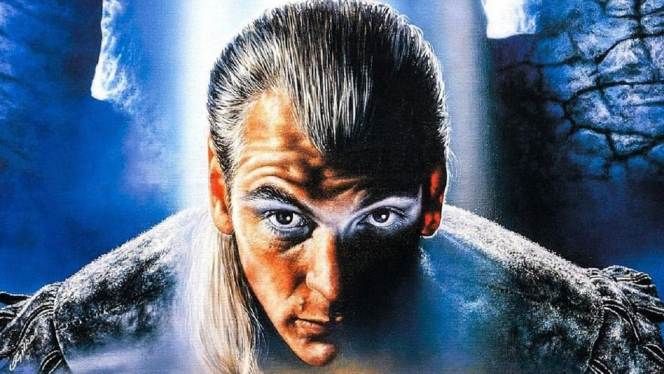
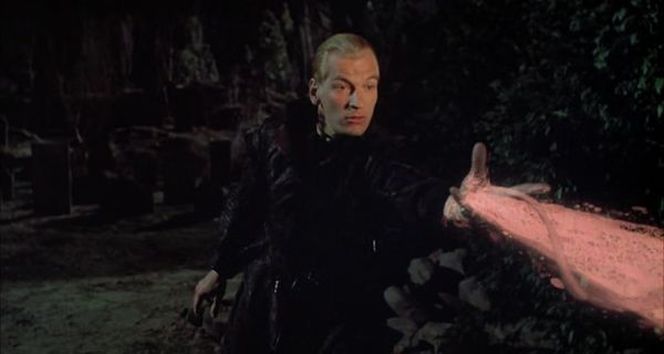
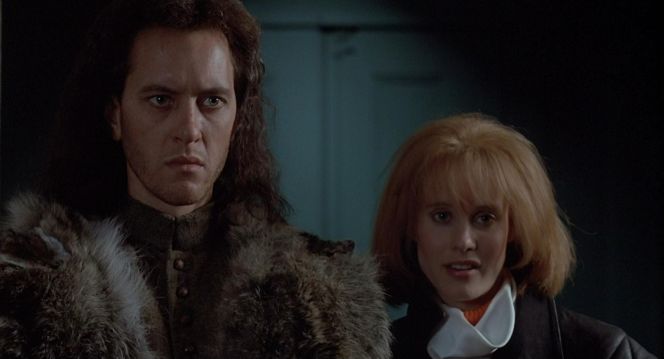
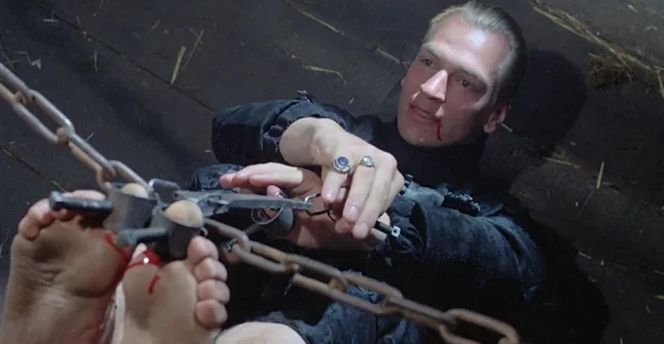


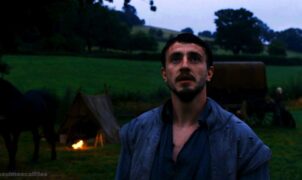





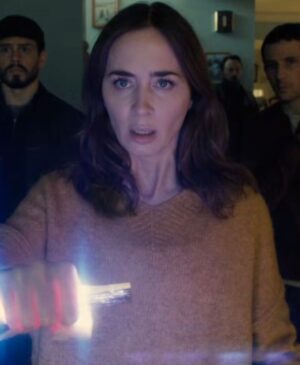

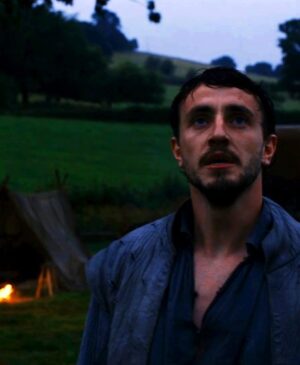

Leave a Reply